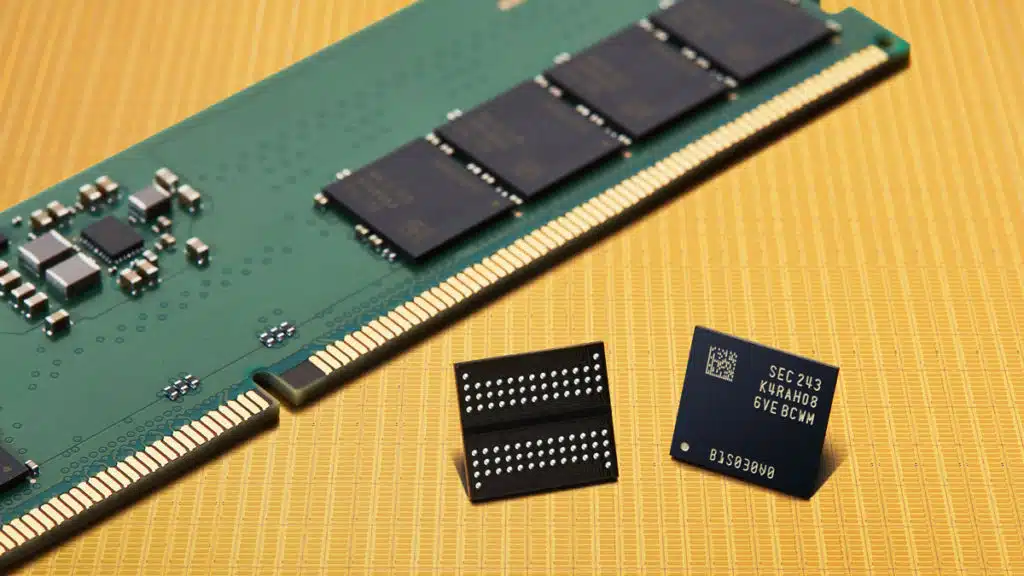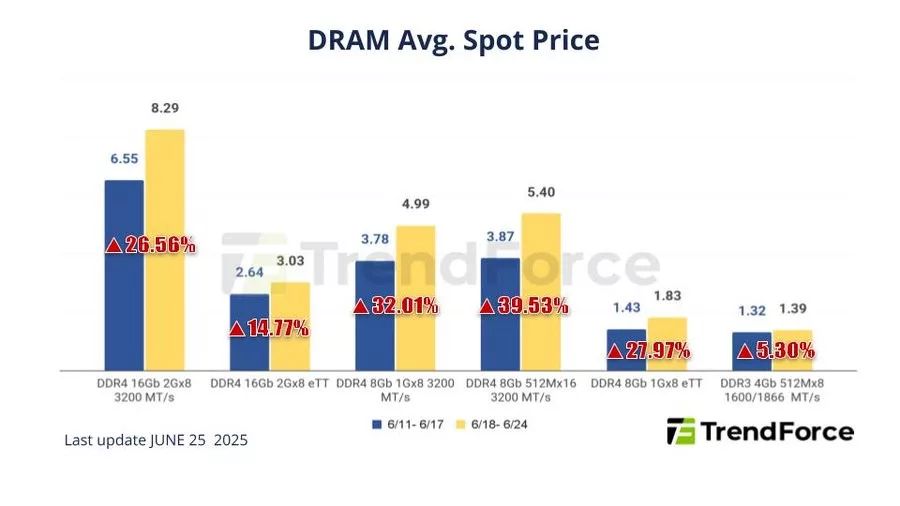
An interesting turn of events has led Samsung and SK Hynix to reportedly delay plans to wind down production of DDR4 modules. In recent weeks, as the inventory of DDR4 has begun to dry up, the industry has seen some fairly dramatic price increases. According to TrendForce, prices of some modules have increased by roughly 40% at the end of June. Price increases for the deprecated nearly decade-old tech were expected as final inventory was moved, but not at the rate that has occurred, and it’s created an unusual business opportunity for manufacturers who’ve decided to ride out one last wave.

According to a paywalled report from Digitimes (via OC3D), both Samsung and SK Hynix are holding off on phasing out DDR4 production, at least for now, in a gamble to cash in on the recent price surge. However, a risk lies in producing just enough product to move without it stagnating due to overstock, but then possibly removing the incentive for continued DDR5 adoption, which both companies are already invested in. DDR5 has been commercially available since 2021 (announced in 2020), and prices have begun to drop for some SKUs. It’s an interesting conundrum, but not completely unusual, as similar circumstances occurred when DDR3 was phased out. Prices had dropped towards the end of its lifecycle, only to rise again as the last inventory was exhausted.
Meanwhile, those still using older platforms with DDR4 probably ought to sit out the storm if thinking of purchasing any memory upgrades, given the advantages of DDR5 and current DDR4 prices. A newer report from TrendForce suggests increased costs across the board, including GDDR6 and GDDR7, along with server and desktop memory. It had been theorized that price increases for DDR4 might top out at around 38% to 43% but could go higher depending on various factors. DDR5 prices could increase by a slightly smaller margin as well, in the 3% to 8% range.
